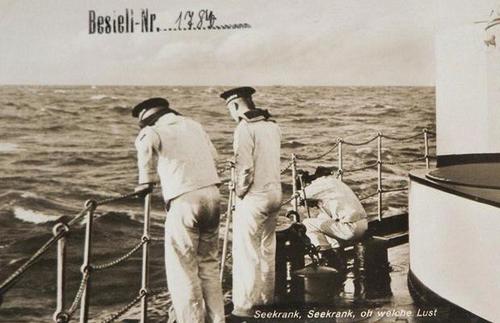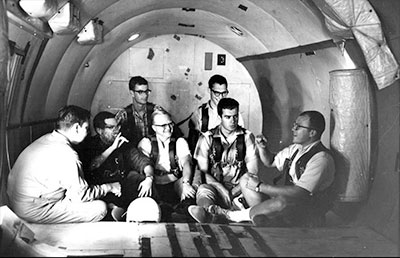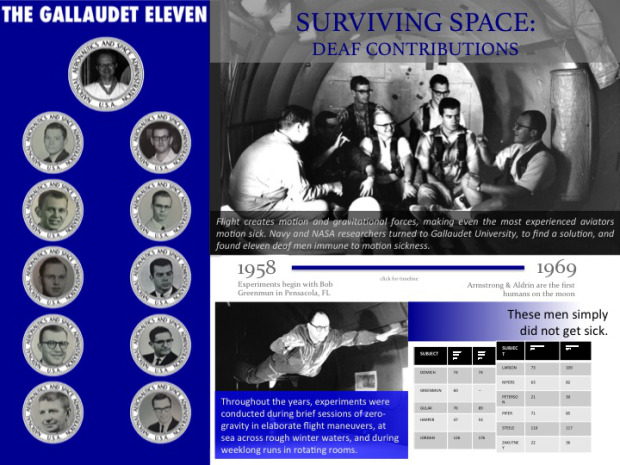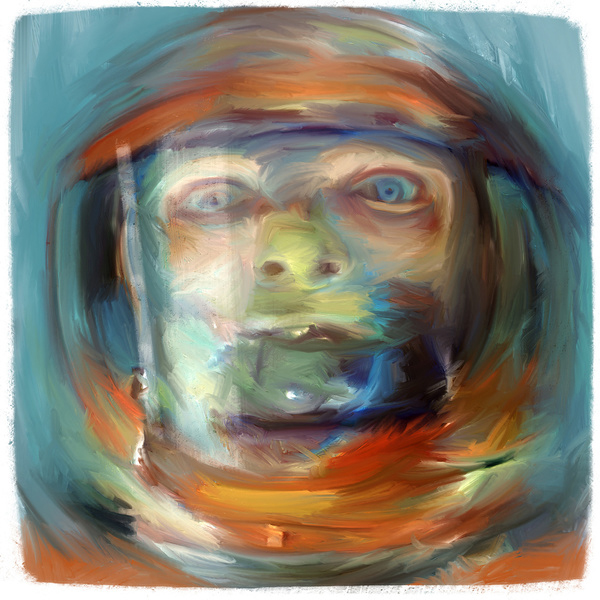It’s hard to turn on the TV this week, without hearing about Apollo 11. Fifty years ago, those famous words spoken by the first human being, to set foot on the moon. “That’s one small step for (a) man, one giant leap for mankind“.
The moon landing of July 20, 1969 was the culmination of tens of millions of man-hours, a twelve-years long space race with the Soviet Union, five dead astronauts and the young President who had dared them to do it, himself shot through the head some six years earlier.
On this day in 1969, two grown men descended to the face of the lunar body in a vehicle so shockingly delicate, as to be incapable of supporting its own weight outside the zero gravity of space. It was the technological triumph of the 20th century. A feat accomplished with less computing horsepower, than an old iPhone.
Ten years earlier, NASA needed to know what happened to the human body in space. The Soviet space program was halted for nearly a year, so sick was the #2 (human) “traveler in the cosmos”. Astronauts would be subjected to weightlessness, G-forces beyond imagination and constant rotation. A world where up is down and down is up and the delicate sensors of the middle ear cry out, Enough!

The vertigo and the nausea of motion sickness has played its part, from the earliest days of human history. The ancient Greek physician Hippocrates wrote about it. The Roman philosopher Seneca writes of the misery of a long voyage in which ‘he could bring nothing more up’. The lyric poet Horace writes of seasickness as a great social leveler, in which wealth is no protection and the rich man suffers just as much as the poor man. The sea-going military exploits of Julius Caesar are replete with tales of vomiting legionaries and seasick horses.
To the Great good fortune of the Protestant England of 1588, the terrifying Armada sent by Spanish King Phillip II to overthrow Queen Elizabeth I was commanded by the Duke of Medina Sidonia, an Army general with little to no experience at sea. Sidonia suffered such severe seasickness that this, combined with a stroke of exceptionally bad luck, destroyed the Spanish Armada and paved the way to the next three hundred years in which “Britannia Ruled the Waves”.

Were you to catch the early space travelers in a candid moment, many are the tales of less-than-heroic moments, spent wiping the product of space sickness from the interiors of craft from the Gemini program to the Space Shuttle.
From the beginning, scientists needed to understand the mechanisms of space sickness. So it was that, in the mid-twentieth century, NASA happened upon a group of space pioneers, you’ve likely never heard of. What better group with which to study motion sickness, than those literally immune to it. The profoundly hearing impaired made deaf by spinal meningitis and without a functioning vestibular system, that delicate inner ear structure which gives us sense of balance.

Gallaudet University was founded in 1864 as a grammar school for the deaf and blind and remains to this day, the world’s premier institution for the higher education of the deaf and hearing impaired. In 1961, researchers with the US Naval School of Aviation Medicine paid a visit. Hundreds of faculty and students were tested and a handful selected, for further tests. There were parabolic flights. Some were suspended for days, in swinging cages.
One group was deliberately taken into a severe storm off the coast of Nova Scotia, an outing former students remember as a lark, a thoroughly enjoyable adventure. Researchers didn’t enjoy the trip quite so much, passing the voyage in a state of green and gut-wrenching decrepitude.

Gallaudet Eleven
Eleven Gallaudet students were selected as early as 1958, to spin for nearly two weeks in a room-sized centrifuge. Though it was hard work, participants viewed the study as an adventure. One remembers his experience as a way to serve his country, since he’d never be allowed to join the military.
Today, their names are all but forgotten. Barron Gulak. Harry Larson. David Myers and others. The forgotten pioneers of those early days of the American space program, without whom the first astronauts may well have viewed the moon landing, from the bottom of a barf bag.

Featured image, top of page: “Space Sickness”. Hat tip graphic designer Douglas Noe (aka “Robotrake”), and society6.com



I was delivering pizzas around the SMU campus near Dallas that night. There were no cars on the street except mine and the occasional patrol car. Folks made me bring the deliveries inside so they could watch the whole time, and that’s how I saw the moon landing. It was a Robert Heinlein moment.
LikeLiked by 2 people
What a fascinating article Rick. I just looked up Barron Gulak…A good man who wanted to serve. Hope you are doing well.
LikeLiked by 2 people
I love that you take the time to look this stuff up, Max. Glad you enjoyed it, the story was a real historical Easter egg, to me.
LikeLiked by 2 people
Yes it is an Easter Egg… I like studying the unsung heroes of history. Without them laying the ground work things would be different.
Thanks for bringing them up.
LikeLiked by 2 people
Reblogged this on Dave Loves History.
LikeLiked by 1 person